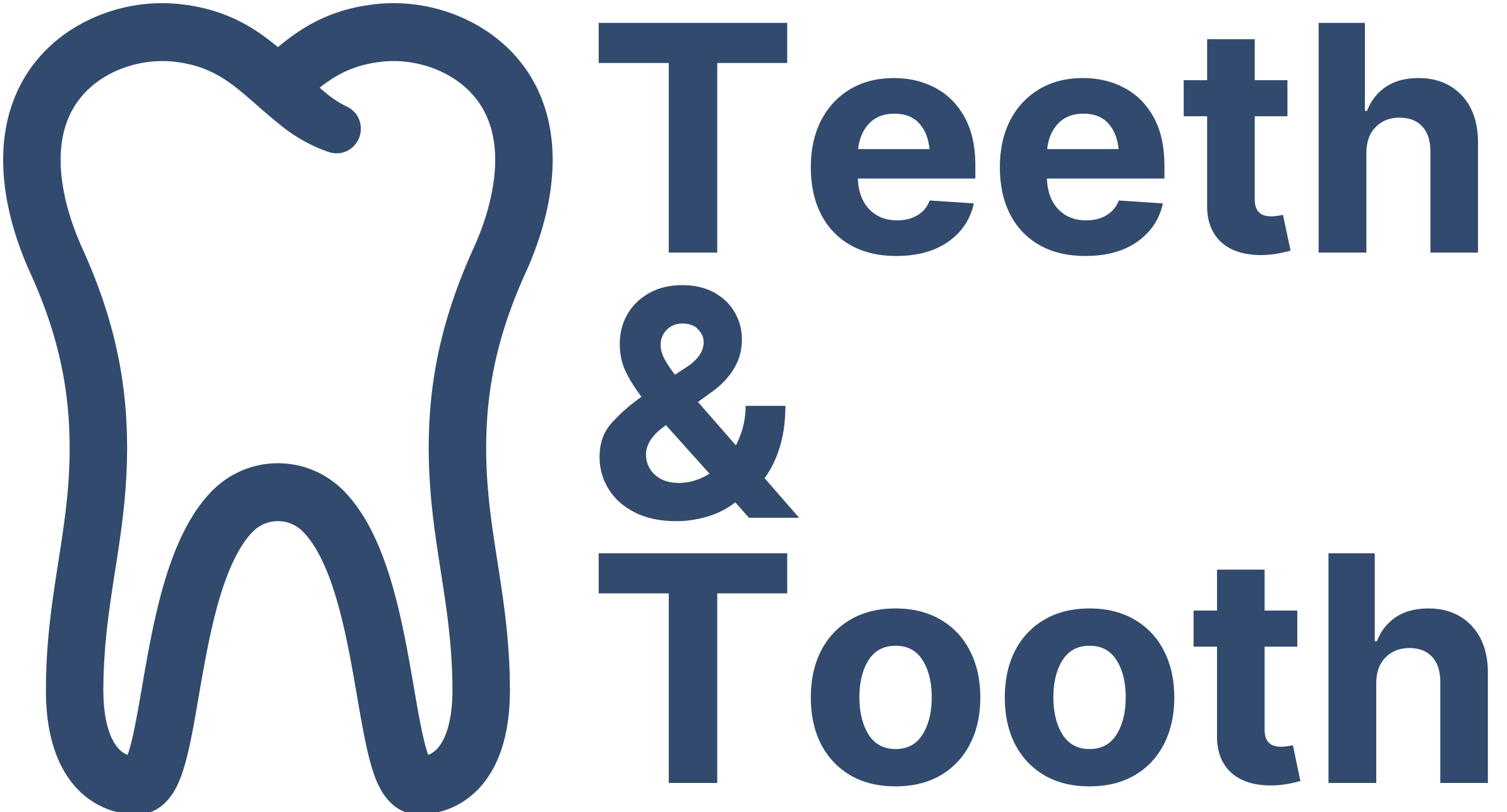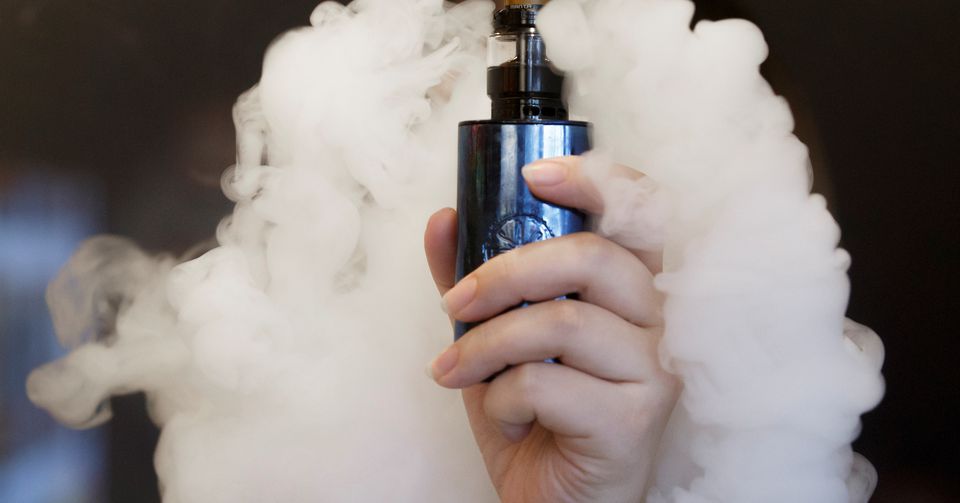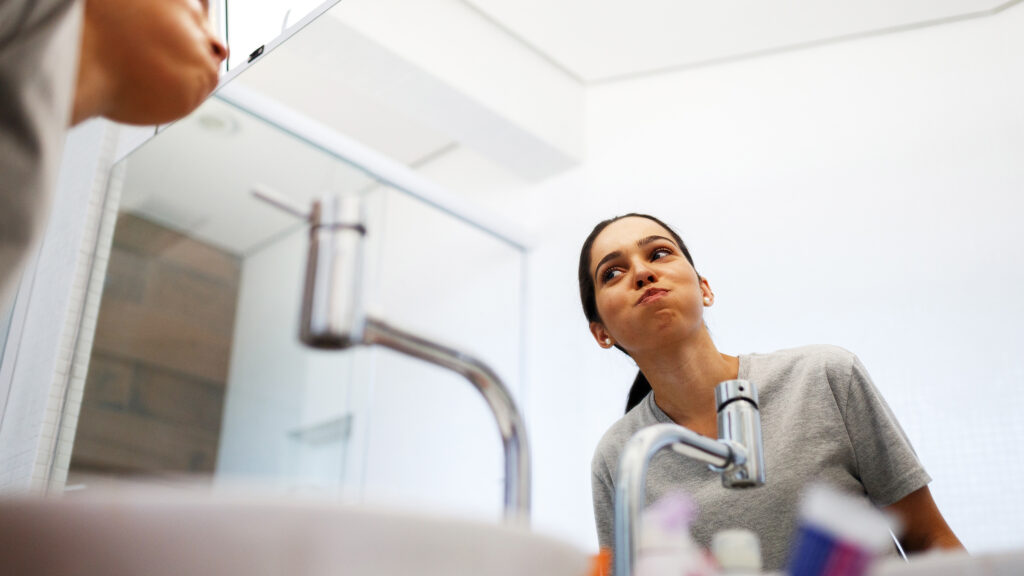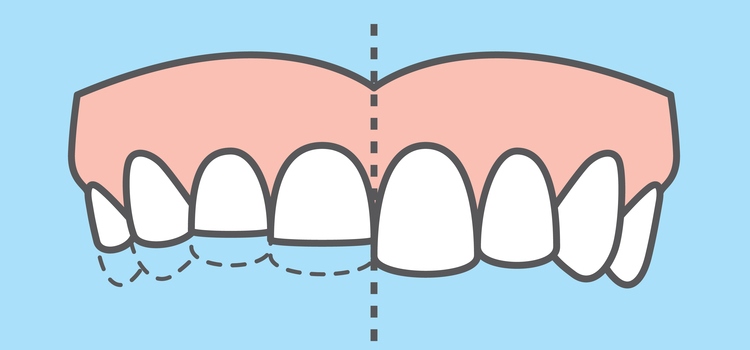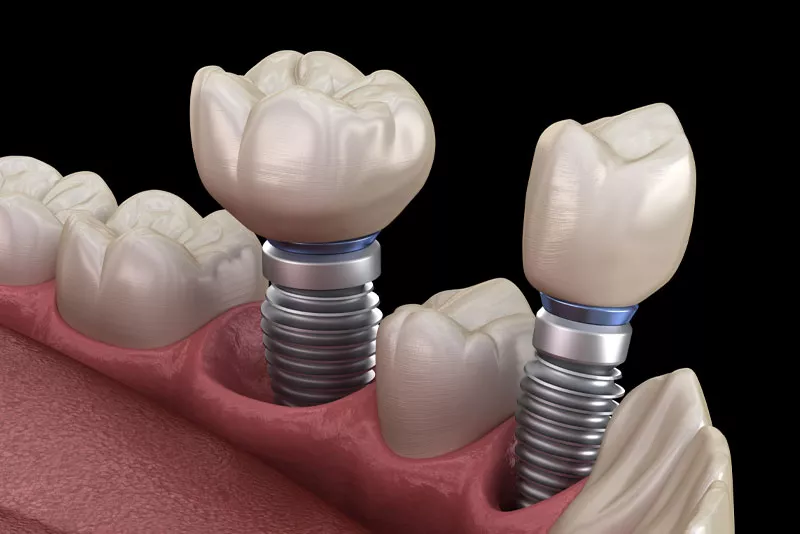Over the past few years, vaping have gain popularity among smokers as many turn towards e-cigarettes and vaporizers to satisfy their nicotine cravings. While vaping can reduce the risks associated with tobacco, it is not the all-cure for smoking as it also comes with its own set of potential health concerns. One of the most common questions asked is whether vaping can make your teeth yellow.
So, does vaping stain your teeth? The answer is YES, vaping can cause the yellowing of your teeth, and this is due to the prescence of nicotine. The stimulant, which is commonly found in tobacco and vaping devices, can stick to a teeth and cause it to become discolorised over time. That said, the severity of discoloration will not be as high as traditional cigarettes as it does not contain tar.
This has been confirmed in several studies including one done by College of Dentistry, King Saud University in 2020, as well as one in 2023 by American Dental Association.
In the rest of this article, we will explore vaping and its impact on your teeth. By understanding the potential risk associated with vaping, you will be able to make an informed decision on the use of such devices to curb your addiction. So, join us as we explore the science behind and unravel the truth behind whether it really makes your teeth yellow.
What is Vaping?
Vaping, which is short for vaporizing, refers to the use of an electronic cigarette to inhale and exhale vapor. The device work by heating up a liquid known as e-liquid, or vape juice. The liquid consist of several chemical ingredients including propylene glycol, vegetable glycerin, flavorings, and nicotine. In contrast, traditional cigarettes burns tobacco to produce smoke.
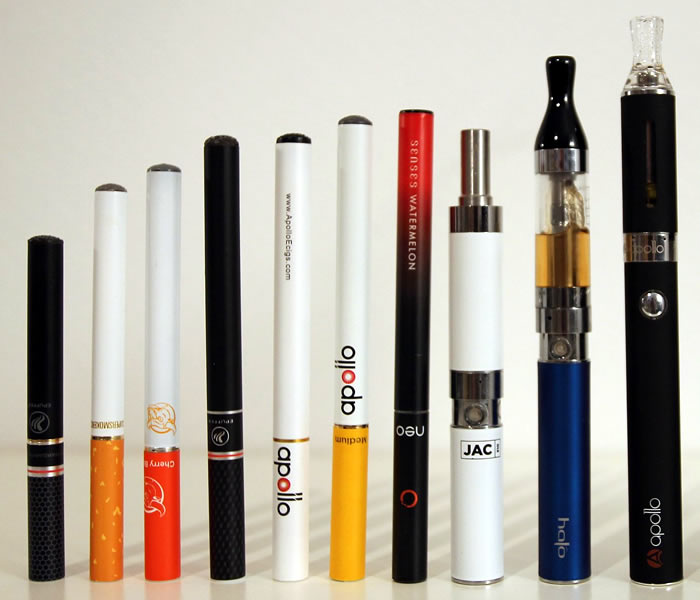
An electronic cigarette, or vaping device, is made up of different components:
- Mouthpiece: This is the part that the user places in their mouth to inhale the vapor.
- Battery: A rechargeable battery is in place, which provides the energy needed to heat the e-liquid and produce the vapor.
- Heating Element: This component is responsible for heating the e-liquid to its vaporization point. It is usually made up of a coil or a wick that comes into contact with the e-liquid.
- Cartridge, Pod, or Tank: This stores the e-liquid, and can vary in volume depending on the device. Some devices use disposable cartridges or pods, while others have refillable tanks that allow users to manually fill them with e-liquid.
Vaping has long been seen as an alternative to traditional smoking due to the perception that it is less harmful. In fact, it has attracted many non-smokers, including young people, due to its trendy image and interesting flavors. This has led to social issues as many raised concerns on the potential for nicotine addiction among the young adults.
With its growing popularities, many countries have imposed a ban or restriction on the sale and use of e-cigarettes. Others have implemented age restrictions and marketing regulations as a protective measure for public health.
How Vaping Works?
Vaping works through a relatively simple process that involves heating and vaporizing an e-liquid. Here is a breakdown of how the device works:
- Activating the Device: The device, which is filled with e-liquid is activated via a button or the inhalation through the mouthpiece.
- Activation of Heating Element: When the device is activated, the battery supplies power to the heating element, commonly known as the atomizer or coil.
- Vaporizing of E-Liquid: As the heating element is powered, it rapidly heats up. The heat is transferred to the e-liquid-soaked wick or directly to the e-liquid in some designs. The high temperature vaporizes the liquid turning it into an aerosol or vapor.
- Inhalation of Vapor: With inhalation through the mouthpiece, the vapor passes through the device’s airflow system and enters the user’s mouth.
- Vapor Delivery: From the mouth, the user can choose to inhale the vapor further into their lungs or simply hold it in their mouth before exhaling.
- Exhalation of Vapor: Upon exhalation, the vapor is released and appears as a cloud due to condensation with the surrounding air. This ‘smoke’ is very similar to the second-hand smoke seen in traditional cigarettes.
- Repeated Use: The user can continue vaping by activating the device and repeating the process as desired. The e-liquid will gradually deplete, requiring a refill or replacement depending on the type of device being used.
As seen, the e-cigarette works in a very simple design that involves heating up and vaporizing of the e-liquid. The e-liquid is then inhaled and exhaled by the user, causing a visible white cloud to be seen.
The specific details and features can vary between different types of devices, such as disposable e-cigarettes, pod systems, vape pens, or advanced vaporizers. However, the fundamental principles of heating the e-liquid to create vapor and inhaling that vapor remain consistent across the various models and versions in the market.
How Vaping Causes Yellowing of Teeth?
The primary contributor to the yellowing of the teeth is nicotine. Over time, nicotine can stick to the teeth and cause it to take on a yellowish hue. Additionally, nicotine is a stimulant and vasoconstrictor, meaning that it causes the narrowing of the blood vessels and reduces the blood flow. When blood flow to the gums is compromised, they may become weakened and more susceptible to infections. This can lead to oral health problems such as gum recession, periodontitis, and even tooth loss.
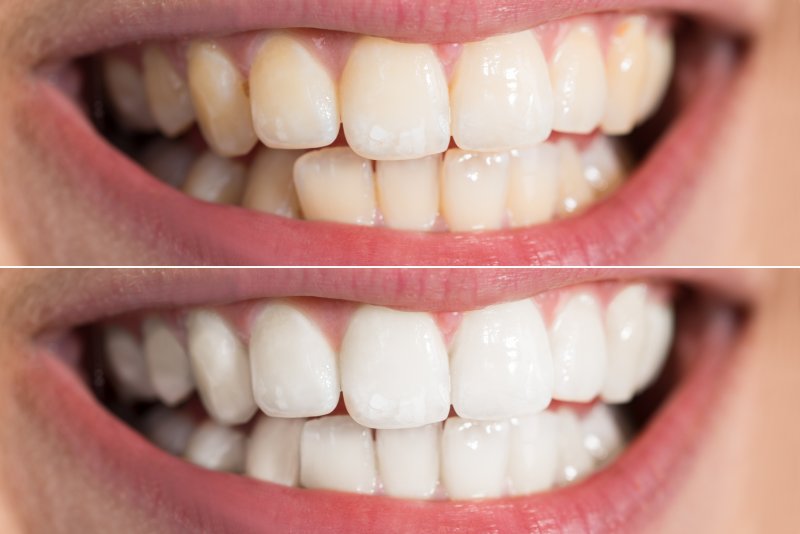
The other way where vaping can cause discoloration of the teeth is dry mouth. Saliva plays a crucial role in maintaining oral health by neutralizing acids, washing away food particles, and preventing the buildup of bacteria. When someone vapes, saliva production is decreased and the harmful substances cannot be adequately cleared. This can lead to increased risk of staining, bad breath, and potentially tooth decay.
Last but not least, the ingredients in e-liquids themselves can also contribute to tooth discoloration. Substances such as propylene glycol and vegetable glycerin can adhere to the enamel. The buildup of these compounds will eventually lead to the formation of yellowish stains on the teeth.
You may be interested in: What To Take Note of When Vaping After Wisdom Teeth Removal?
While there are many ways where vaping can cause the yellowing of the teeth, it is important to note that individual experiences may vary. Not everyone will experience tooth discoloration, and the extent of staining can depend on various factors, including the frequency and duration of vaping, oral hygiene practices, and genetic predispositions.
How to Minimize Risk of Yellowing?
To reduce the risk of tooth discoloration caused by vaping, practice good oral health hygiene and reduce usage. Some of the habits that you can adopt includes:
- Brushing the teeth at least twice a day with fluoride toothpaste
- Flossing on a daily basis to remove plaque and reduce the accumulation of stain-causing substances (Does flossing whiten your teeth?)
- Staying hydrated by drinking plenty of water to combat dry mouth
- Go for regular dental check-ups as dental professionals can detect early signs of tooth discoloration
- Rinse your mouth with water or an alcohol-free mouthwash after every vaping session to wash away any residual e-liquid that may linger in the mouth.
- Choose nicotine-free e-liquid to minimize the risk of getting discoloration caused by the stimulant.
- Limit use of flavored e-liquids as they are particularly known to cause tooth discoloration that the non-flavored ones.
- Cut down on the frequency of vaping sessions to minimize the exposure of your teeth to the staining agent.
- Consider joining a smoking cessation programme to eliminate the addiction.
Remember that individual experiences and susceptibility to tooth discoloration may vary. Implementing these practices can help minimize the risk, but it’s important to consult with a dental professional for personalized advice based on your oral health needs.
Conclusion
Vaping has revolutionized the smoking landscape, capturing the attention of both tobacco users and curious individuals seeking alternatives. While advocates of the device argue that vaping eliminates many of the toxic chemicals found in tobacco smoke, the long-term health effects of vaping are still being studied. It is yet fully understood by researchers and smokers on the full extent of its potential risk.
However, one thing is certain, and it is that vaping can cause your teeth to become yellow. Vaping is no exception from traditional e-cigarettes, and it should be used in moderation.
